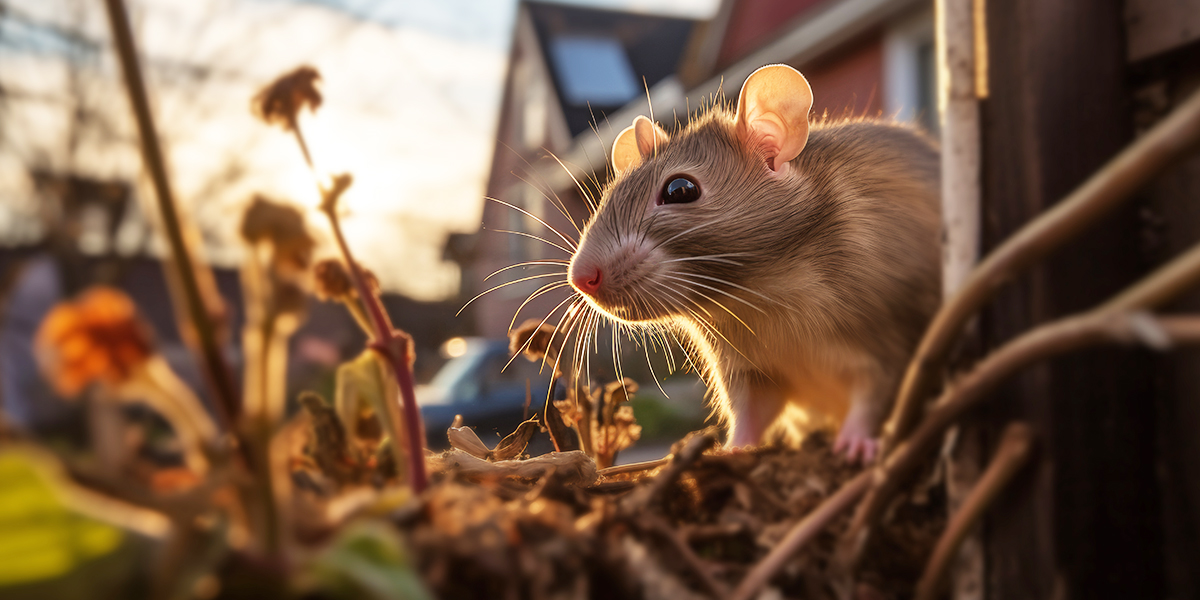Unwanted wildlife in and around your home may seem harmless at first, but animals like raccoons, squirrels, bats, opossums, and birds can cause significant property damage and pose health risks. While these creatures are an essential part of nature, they don’t belong inside your attic, basement, or walls. The best way to manage such problems isn’t trapping or harmful chemicals it’s Wildlife Exclusion.
Wildlife exclusion is a humane and long-term solution to keep animals out of your home by identifying, sealing, and preventing entry points. In this guide, we’ll explain what wildlife exclusion is, why it’s important, the steps involved, and how professionals can help you reclaim your home safely.
What is Wildlife Exclusion?
Wildlife exclusion is the process of blocking and preventing wild animals from entering your home or property without harming them. Unlike temporary solutions such as traps or repellents, exclusion focuses on long-term prevention by eliminating access points and reducing attractants.
It usually involves:
Inspecting your property for vulnerabilities.
Sealing cracks, vents, chimneys, and other entryways.
Installing barriers like mesh, chimney caps, or vent covers.
Ensuring humane removal of any existing animals before sealing.
Why Wildlife Exclusion Matters
Many homeowners underestimate the impact of a small hole in the roof or a loose vent cover until wildlife makes its way inside. Here’s why exclusion is essential:
1. Prevents Property Damage
Raccoons can tear insulation, ductwork, and shingles.
Squirrels chew electrical wires, increasing fire risks.
Birds clog vents and create nests in chimneys.
Bats leave behind guano, which corrodes surfaces.
Repairing these damages often costs far more than preventive exclusion services.
Protects Your Health
Wild animals carry parasites and diseases such as rabies, histoplasmosis (from bat droppings), and salmonella. Their feces and urine can contaminate your home’s air and surfaces, creating health hazards for your family and pets.
Humane and Eco-Friendly
Unlike poisoning or trapping, exclusion allows wildlife to continue living in its natural habitat. It focuses on coexistence without conflict keeping them safe outdoors and keeping you safe indoors.
Saves Money in the Long Run
Regular exclusion is far less costly than repairing chewed wires, replacing insulation, or treating infestations caused by wildlife. It’s an investment in prevention.
Common Entry Points for Wildlife
Wild animals are resourceful and can squeeze through surprisingly small spaces. Some common entryways include:
Attic vents: Birds, squirrels, and bats can fly or climb inside.
Chimneys: Raccoons and birds often nest in open chimneys.
Gaps under decks and porches: Skunks and opossums love these dark spaces.
Rooflines and soffits: Loose boards provide easy entry.
Foundation cracks: Small rodents sneak in through tiny gaps.
Garage doors: Openings or gaps allow critters to enter and hide.
Identifying these vulnerabilities is the first step in effective exclusion.
Steps in Wildlife Exclusion
Here’s what the process generally looks like when handled by professionals:
Property Inspection
Experts conduct a thorough inspection of your home, roof, attic, crawlspaces, and exterior. This helps identify both active infestations and potential entry points.
Humane Removal
If animals are already present, they’re removed safely using one-way doors, traps (if legally required), or specialized techniques that allow them to exit without re-entering.
Sealing Entry Points
Professionals then seal holes, cracks, and vents using durable materials like steel mesh, caulk, vent guards, and chimney caps.
Installing Preventive Barriers
Additional measures may include fencing around gardens, barriers under decks, and wildlife-proofing garbage bins.
Clean-Up and Sanitation
Animal droppings, urine, and nesting materials are cleaned up and disinfected to prevent odors and diseases.
Ongoing Monitoring
Follow-up inspections ensure no new access points are created, especially after storms or seasonal changes.
DIY vs. Professional Wildlife Exclusion
While some homeowners attempt DIY exclusion, it often results in incomplete sealing or accidental harm to the animals. For example, sealing a bat colony inside your attic could cause them to die, leading to worse odors and infestations.
Why choose professionals like Pest Control Xpertz?
Experience with local wildlife behavior.
Safe, humane, and legal removal methods.
Long-lasting solutions with warranties.
Equipment to reach hard-to-access areas (like attics or rooflines).
Wildlife Exclusion Tips for Homeowners
If you want to reduce the chances of wildlife entering your home, here are some proactive tips:
Keep garbage bins sealed with tight-fitting lids.
Trim tree branches that hang over your roof.
Install chimney caps and vent covers.
Seal gaps larger than ¼ inch around your home.
Keep pet food indoors or tightly sealed.
Repair damaged shingles, soffits, or siding promptly.
Regularly inspect your attic and basement for signs of animals.
Frequently Asked Questions (FAQs)
Q1: Is wildlife exclusion safe for the animals?
Yes, wildlife exclusion is humane. Animals are not harmed; they are simply denied re-entry into your home and encouraged to return to their natural habitat.
Q2: Which animals are most commonly excluded?
Squirrels, raccoons, bats, skunks, opossums, birds, and rodents are among the most common wildlife intruders.
Q3: How much does wildlife exclusion cost?
The cost varies depending on the size of your home and the severity of entry points, but it’s generally more affordable than repairing wildlife damage afterward.
Q4: Can exclusion prevent insects too?
Yes, sealing cracks and gaps helps keep out not just animals, but also insects like cockroaches and spiders.
Q5: How long does exclusion last?
If done professionally with quality materials, exclusion measures can last for years, especially with regular maintenance checks.
Final Thoughts
Wildlife exclusion is the most effective, safe, and humane way to keep your home protected from unwanted critters. Instead of dealing with recurring infestations, chewed wires, or health risks, you can enjoy peace of mind knowing your property is secure.
If you’re facing wildlife problems, don’t wait until the damage is severe. Call the experts at Pest Control Xpertz for professional wildlife exclusion services. Our team uses proven, humane methods to keep your home critter-free while protecting both your family and the animals.
Call Pest Control Xpertz today at +1-310-606-2557 for a consultation and secure your home the safe way!

